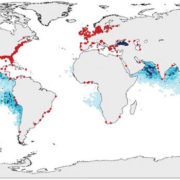
Review: Declining oxygen in the global ocean and coastal waters ($)
Science. Oxygen levels have been declining in oceans since the middle of the 20th century, largely because of global warming phenomena and human-driven nutrient enrichment of coastal regions. These effects have enhanced microbial oxygen intake, altering the cycles of nutrients and carbon, and lowering…

Ten simple rules for biologists learning to program
PLOS Comp. Biol. Plant biologists need basic programming skills (see Friesner et al. for a discussion of why this is true and how to achieve it). As part of the “Ten Simple Rules” series in PLOS Computational Biology, Carey and Papin describe Ten simple rules for biologists learning to program.…
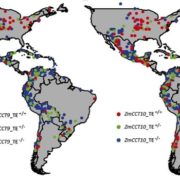
Maize adaptation to higher latitudes has been facilitated by transposon activities.
Proc. Natl. Acad. Sci. USA. Flowering is a major determinant of crop adaptation to new environments. Starting from its tropical origins and requirement for short-day conditions to flower, natural selection and breeding have allowed maize to adapt to long-day environments and thus be grown over a wider…
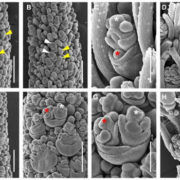
Brassinosteroids modulate meristem fate and differentiation of unique inflorescence morphology in Setaria viridis
Plant Cell. The yield potential of crops is strongly influenced by floral architecture, a trait determined by the fate of stem cells in meristematic tissue. Meristems themselves are influenced by several factors, including phytohormones such as brassinosteroids (BRs) and gibberellic acid (GA). BRs…
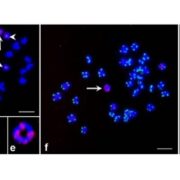
Gene duplication and aneuploidy trigger rapid evolution of herbicide resistance in common waterhemp
Plant Physiol. Herbicide resistance is a serious problem in contemporary agriculture. One of the most widely used herbicides, glyphosate, interferes with the activity of EPSPS (5-enolpyruvylshikimate-3-phosphate synthase). Koo et al. previously showed that glyphosate-resistant waterhemp (Amaranthus tuberculatus,…
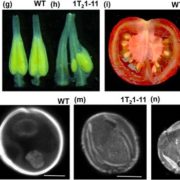
MutS-Homolog2 silencing generates tetraploid meiocytes in tomato (Solanum lycopersicum)
Plant Direct. DNA repair occurs by several independent mechanisms, one of which is the mismatch repair (MMR) pathway. In prokayotes, MutS is a component of the mismatch repair pathway; homologous proteins in eukaryotes are known as MSH (MutS homologs). Sarma et al. set out to develop a hypermutable tomato…
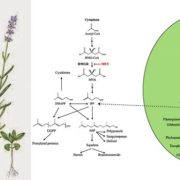
Dynamics of monoterpene formation in spike lavender plants
Metabolites. Terpenes are derived from isopentenyl diphosphate (IPP) and dimethylallyl diphosphate (DMAPP), which are produced in two separate pathways: in the cytosol (via mevalonate, MVA) and the plastid (via methyl-D-erythritol-4-phosphate, MEP). The products of terpene metabolism include numerous…
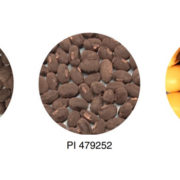
Elevation of soybean seed oil content through selection for seed coat shininess
Nat. Plants. Soybean is the world’s sixth most produced crop and is economically important as a source of protein and oil in animal and human food, as well as having industrial applications. Domestication of soybean has resulted in the absence of seed coat bloom, a powdery coating containing hazardous…
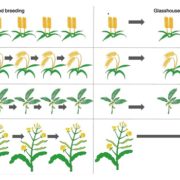
Speed breeding is a powerful tool to accelerate crop research and breeding
Nat. Plants. The current rate of crop plant breeding, limited by the long generation time of crop plants, is insufficient to address the needs caused by the enormous increase in the human population accompanied by climate change. Watson et al. have recently presented a method called ‘Speed breeding’…

